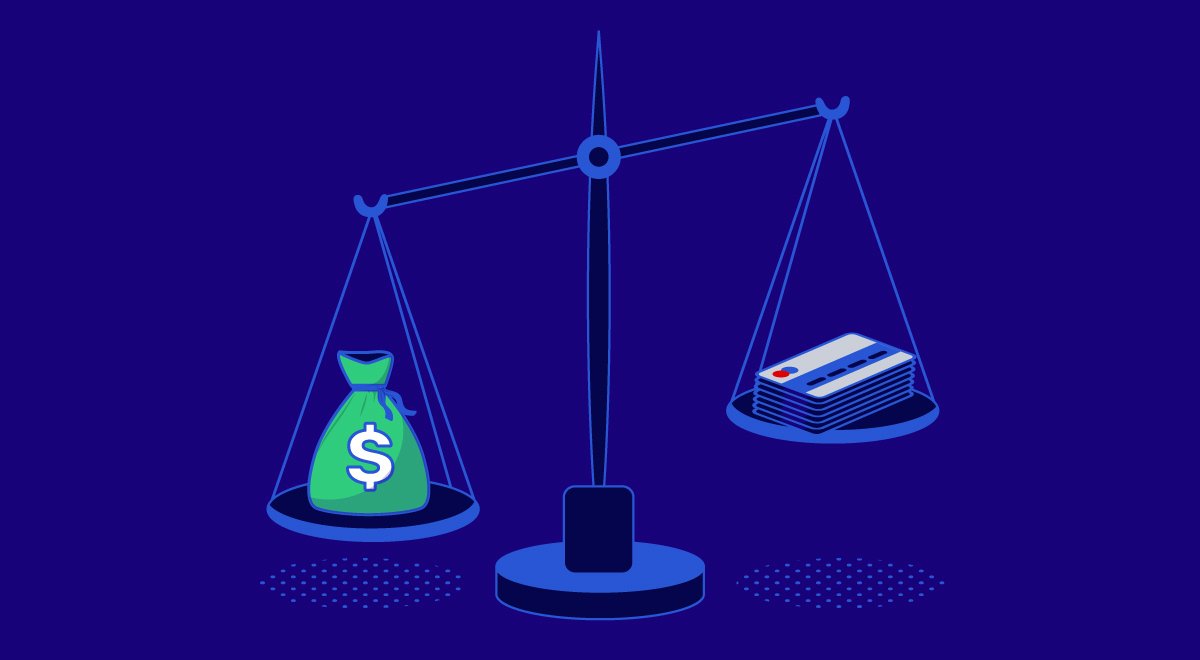Table of Contents
In the ever-volatile landscape of finance, bad debt looms large as a formidable foe for banks. To fortify their defenses against this potent threat, banks wield a crucial weapon: the bad debt coverage ratio. This article by NT International Law Firm delves deep into the intricacies of this ratio, empowering you with knowledge to assess a bank’s resilience against potential financial losses.

Demystifying the Bad Debt Coverage Ratio: A Shield Against Financial Risks
Understanding Bad Debt Coverage Ratio:
At its core, the bad debt coverage ratio (BDCR) serves as a financial gauge, measuring a bank’s ability to withstand the impact of bad debts. These arise when borrowers fail to repay loans, leaving the bank with unrecoverable losses. By analyzing the BDCR, banks can proactively manage and mitigate risks associated with such loan defaults.
The Formula Behind the Defense:
Calculating the BDCR involves a simple but insightful formula:
BDCR = Provision for Bad Debts / Total Bad Debts
However, navigating Vietnamese banking reports can be tricky, as they often combine provisions for bad debts within overdue debt figures. To adapt to this scenario, banks utilize the overdue debt coverage ratio (ODCR):
ODCR = (Specific Provisions + General Provisions) / Total Overdue Debts
Here, the key components are:
- Specific Provisions: These cater to anticipated losses on specific assets deemed risky, calculated by multiplying the risk asset by its designated provisioning rate.
- General Provisions: A buffer against potential losses yet to be specifically identified, amounting to 0.75% of the total debt balance for specific groups (excluding deposits and bond trading).
- Total Overdue Debts: The sum of principal and interest owed by borrowers exceeding their due date.

Interpreting the Ratio: A Guide to Risk Assessment
Interpreting the Ratio: A Guide to Risk Assessment:
A higher BDCR or ODCR generally indicates a stronger defense against bad debt risks. Banks strive for a ratio exceeding 1, implying sufficient provisions to cover potential losses. A ratio falling below 1 signifies vulnerabilities that require immediate attention and corrective measures.
Furthermore, the BDCR is often segmented into different debt groups with varying provisioning rates, reflecting the inherent risk levels within each category. Analyzing these individual ratios provides deeper insights into the bank’s risk profile and its ability to handle potential losses across diverse loan portfolios.

Beyond the Numbers: The Value for Banks and Investors
Beyond the Numbers: The Value for Banks and Investors:
For banks, monitoring the BDCR serves as a critical risk management tool. By actively tracking and managing this ratio, they can:
- Identify potential bad debt issues early: A declining BDCR can be an early warning sign, prompting proactive measures to prevent significant losses.
- Allocate resources effectively: The ratio guides banks in strategically allocating provisions across different risk categories, ensuring optimal resource utilization and minimizing financial impact.
- Maintain investor confidence: A healthy BDCR reassures investors of the bank’s financial stability and its ability to weather economic storms, potentially attracting further investments.
While the BDCR offers valuable insights for banks, investors must approach it with caution. Calculating it accurately requires financial expertise and knowledge of specific banking regulations. Therefore, investors should prioritize a comprehensive analysis of the bank’s overall financial health, operational data, and risk management practices alongside the BDCR for a more informed investment decision.
Conclusion:
The bad debt coverage ratio, though seemingly simple in its mathematical expression, carries profound significance in the world of finance. By understanding its purpose, formula, and interpretation, banks and investors alike can gain valuable insights into a bank’s financial resilience and its ability to navigate the ever-present risk of bad debts. By proactively leveraging this powerful tool, banks can safeguard their financial well-being and pave the way for a more secure and sustainable future.
NT International Law Firm: Your Trusted Ally in Financial Navigation:
NT International Law Firm stands ready to assist you in navigating the intricacies of financial risk management. With our comprehensive legal and financial expertise, we provide tailored guidance and support to help you make informed decisions and achieve your financial goals. Contact us today to explore how we can empower you with the knowledge and resources needed to navigate the complexities of the financial landscape.

NT International Law Firm is Here to Help You
NT International Law Firm is Here to Help You
NT International Law Firm has addressed the question of what bad debt coverage ratio is. If you have any further questions or concerns regarding civil law, please contact our law firm immediately for expert legal advice.
If you require any legal assistance, please feel free to reach out to us via phone at 090 252 4567 or through email: info@ntpartnerlawfirm.com. At NT INTERNATIONAL LAW FIRM, our team is committed to offering you prompt and personalized advice.
You also might be interested in:
“The article’s content refers to the regulations that were applicable at the time of its creation and is intended solely for reference purposes. To obtain accurate information, it is advisable to seek the guidance of a consulting lawyer.”

LEGAL CONSULTING SERVICES
090.252.4567NT INTERNATIONAL LAW FIRM
- Email: info@ntpartnerlawfirm.com – luatsu.toannguyen@gmail.com
- Phone: 090 252 4567
- Address: B23 Nam Long Residential Area, Phu Thuan Ward, District 7, Ho Chi Minh City, Vietnam
